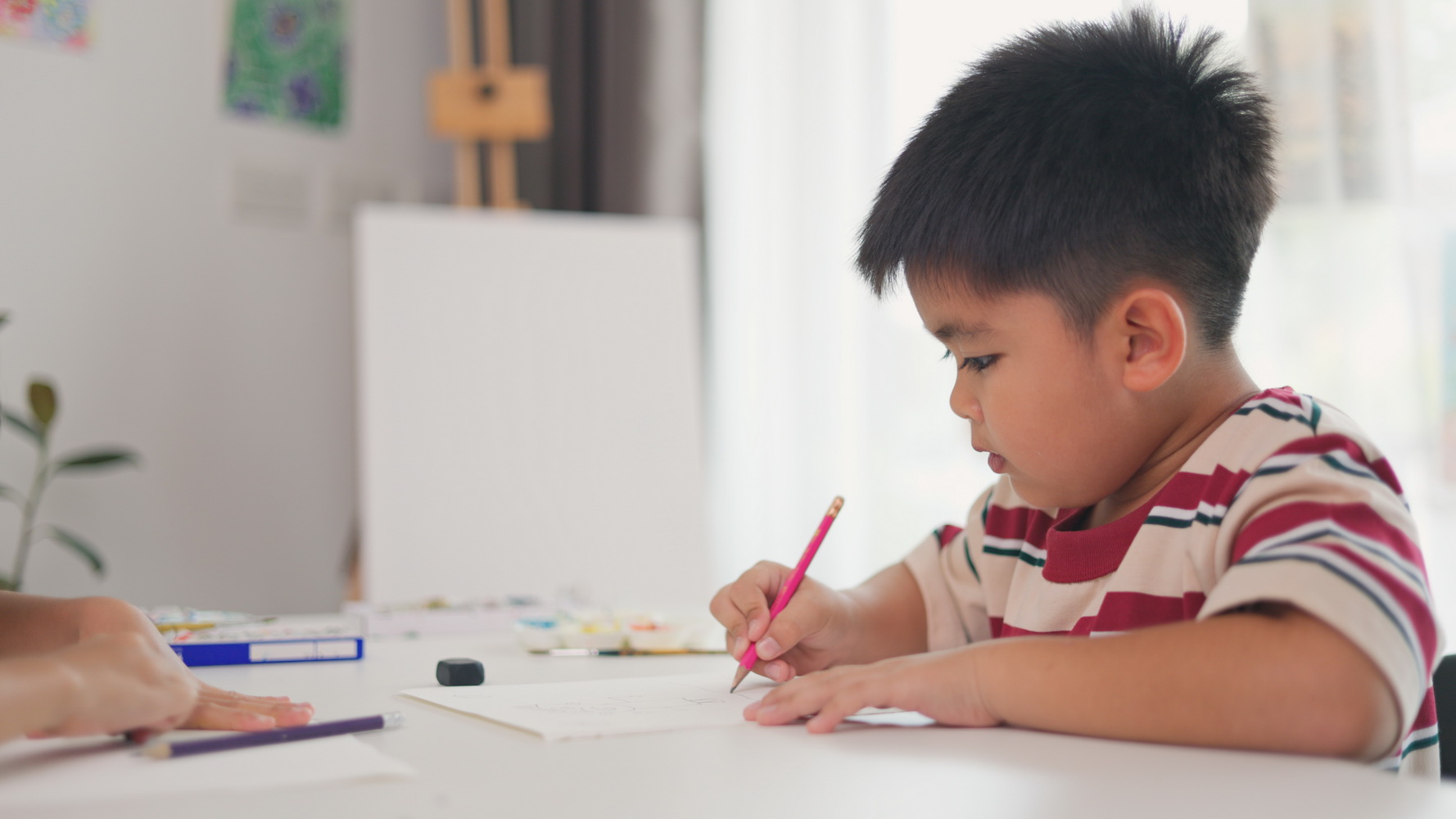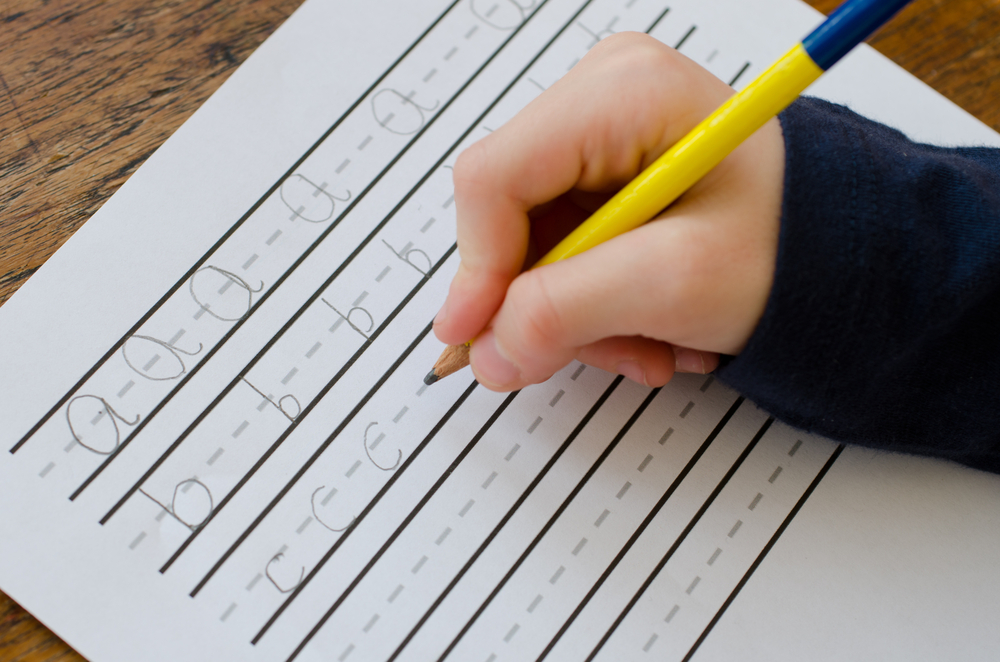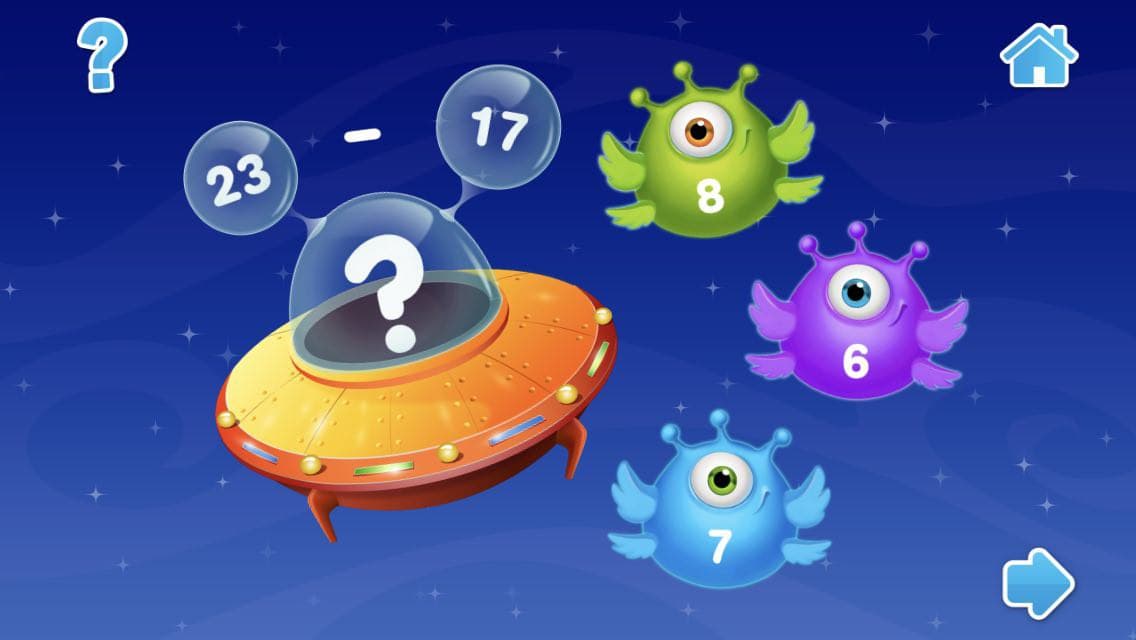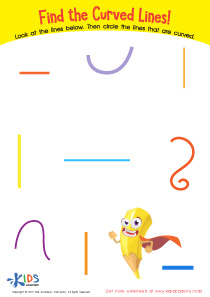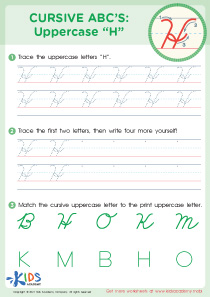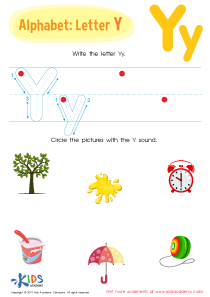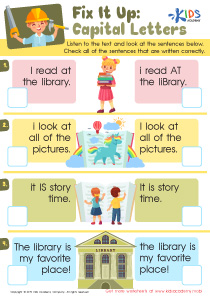Hand-eye Coordination Tracing Letters Worksheets for Ages 6-9
5 filtered results
-
From - To
Enhance your child's writing skills with our exciting Hand-eye Coordination Tracing Letters Worksheets, designed for ages 6-9. These engaging, printable worksheets guide young learners through the alphabet, providing a fun way to trace and recognize letters. By improving hand-eye coordination, children will boost their writing efficiency and fine motor skills, essential for early education. Perfect for classroom use or homeschooling, these exercises blend education and play, keeping kids motivated and excited about learning. Unlock your child's potential and watch as they master the alphabet with confidence and joy, one letter at a time!
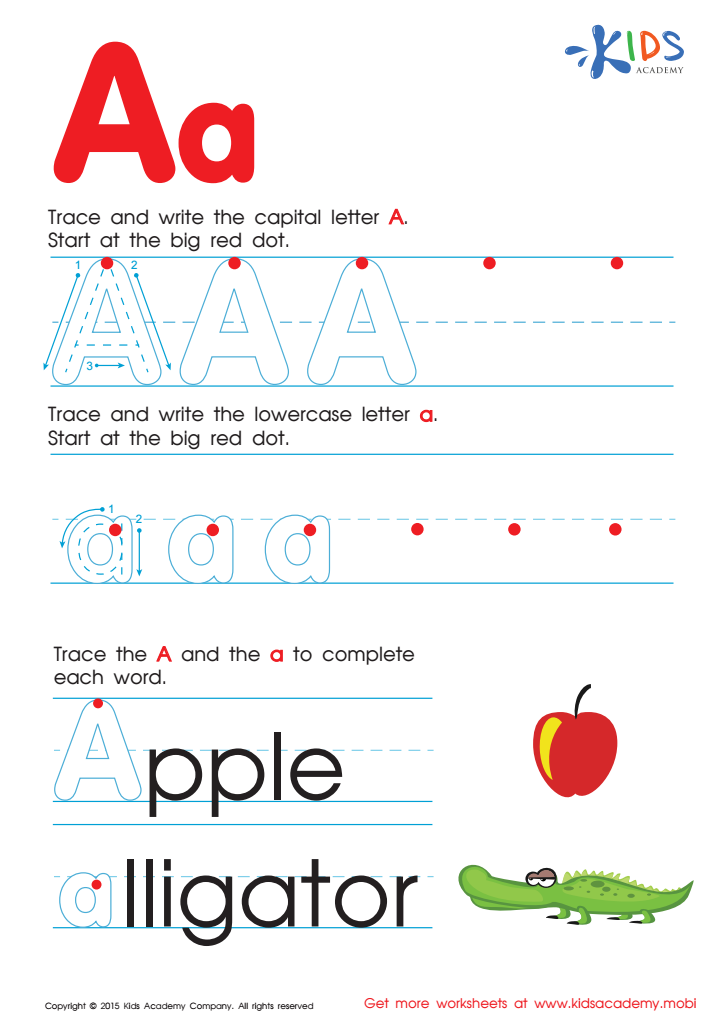

Letter A Tracing Page
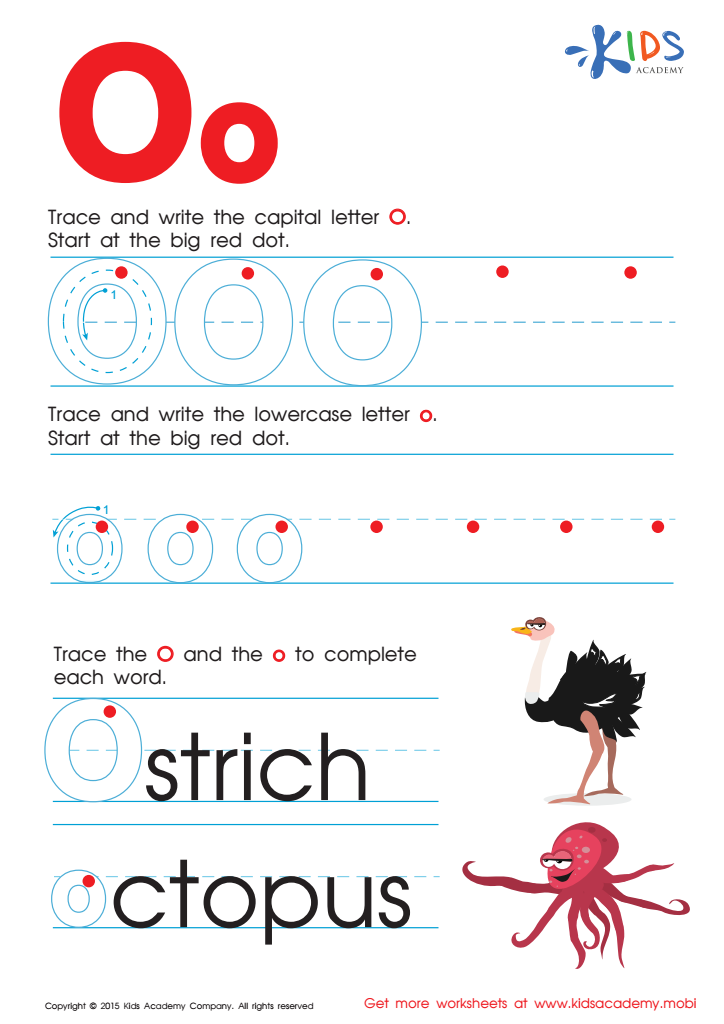

Letter O Tracing Page
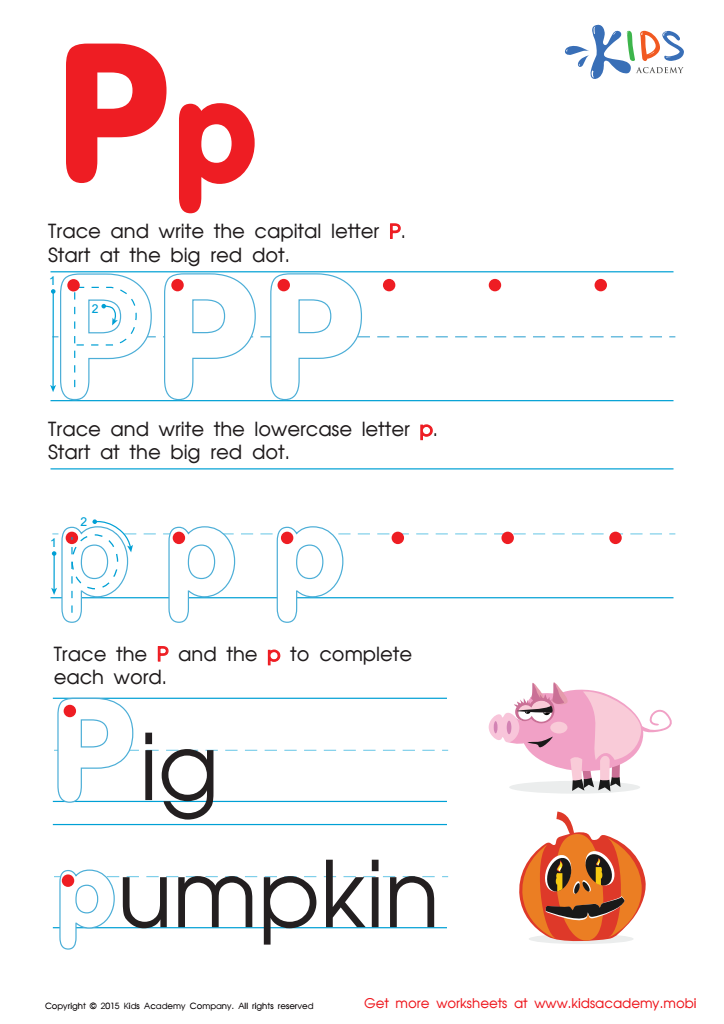

Letter P Tracing Page
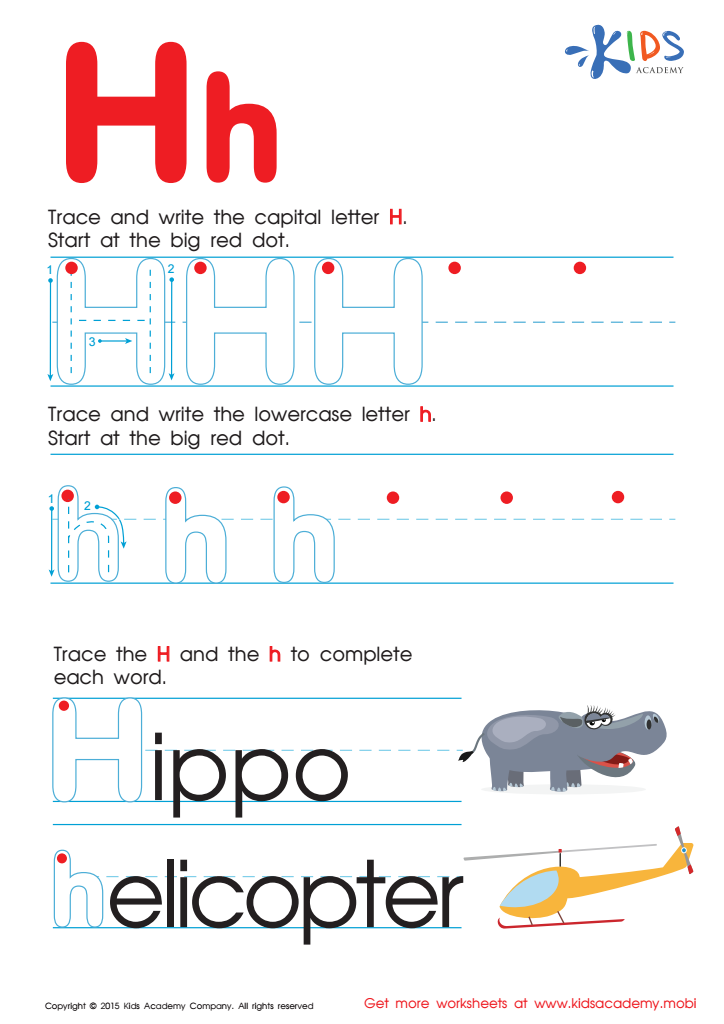

Letter H Tracing Page
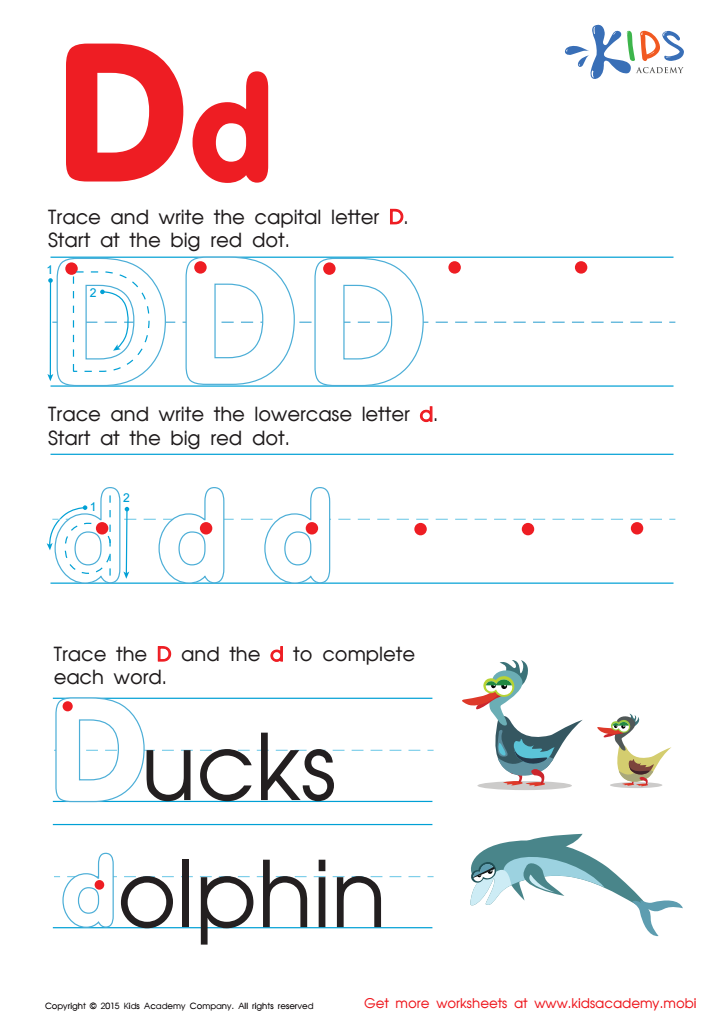

Letter D Tracing Page
Hand-eye coordination is crucial for children, particularly between the ages of 6 and 9, as it directly influences their reading and writing skills, which are fundamental components of their academic success. Tracing letters engages young learners in a multisensory activity that enhances their visual and motor skills integration.
When children trace letters, they practice the fine motor skills needed to control a pencil, and this repeated action strengthens the neural pathways involved in motor control and memory. This, in turn, aids in the proper formation and recall of letters and numbers, essential for legible handwriting and efficient note-taking.
Moreover, tracing activities lay a foundation for reading. By following the lines of a letter with their eyes while guiding their pencil, children improve their ability to track print with their eyes from left to right—a skill essential for fluent reading. This also boosts their recognition of letter shapes, which is fundamental for phonics and spelling.
Incorporating hand-eye coordination practice through tracing letters can make learning to write both effective and enjoyable, providing a sense of accomplishment that encourages further practice and learning. Parents and teachers investing time in such activities help children develop the preciseness, coordination, and confidence they need for broader academic areas and general life skills.
 Assign to My Students
Assign to My Students






